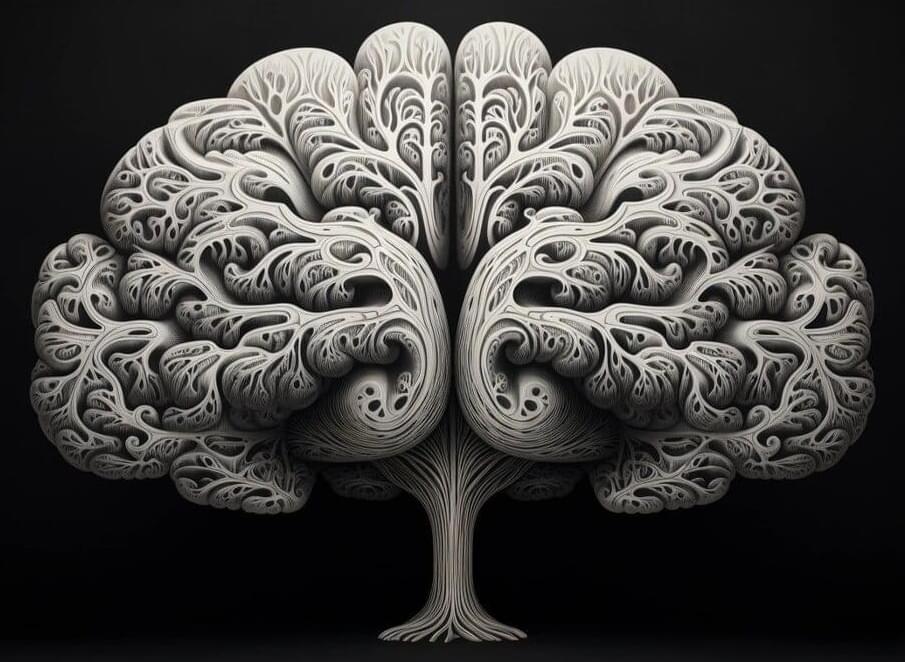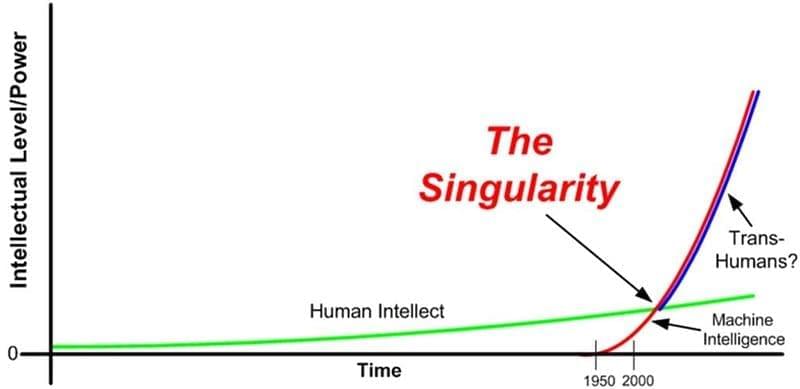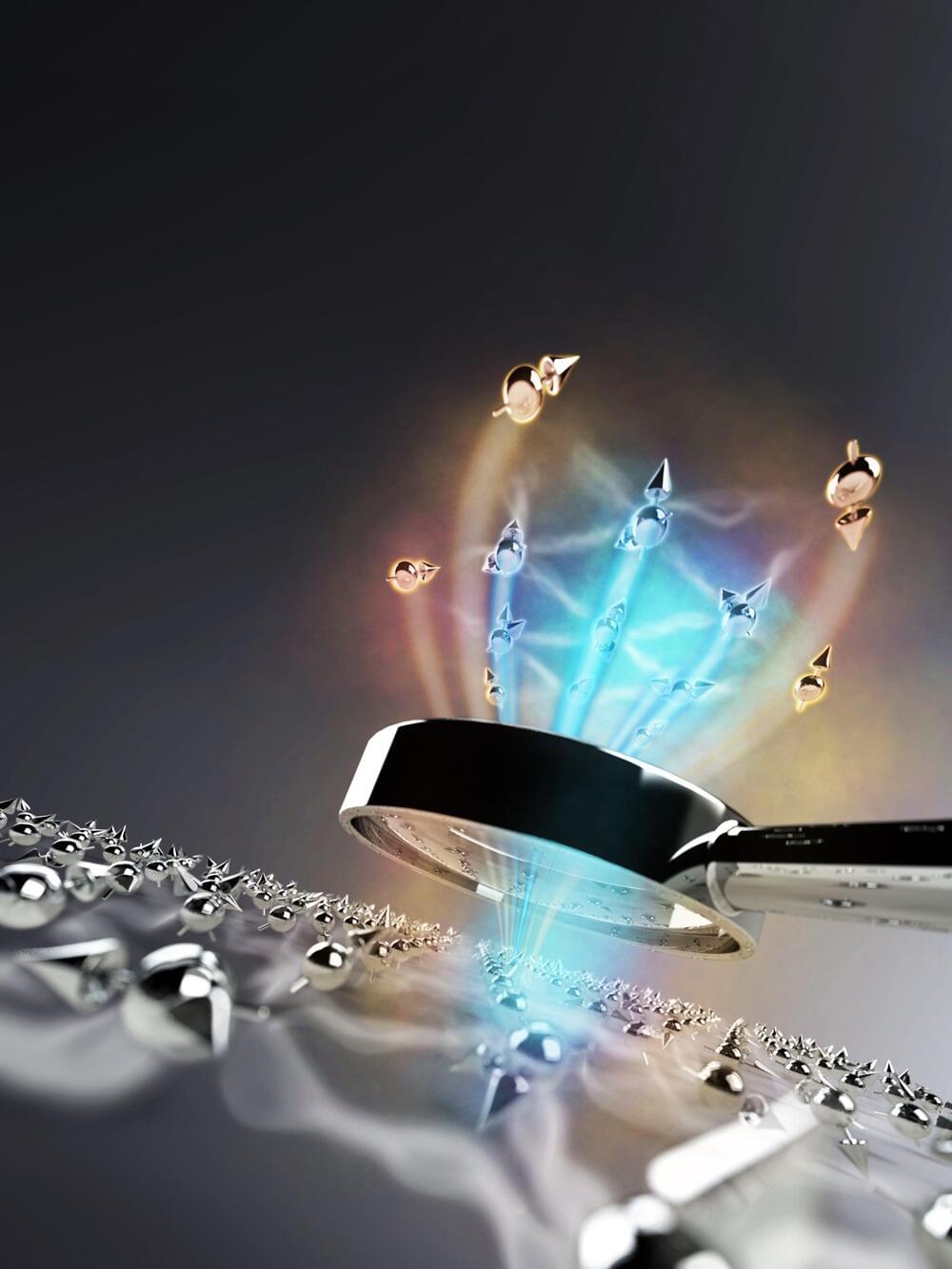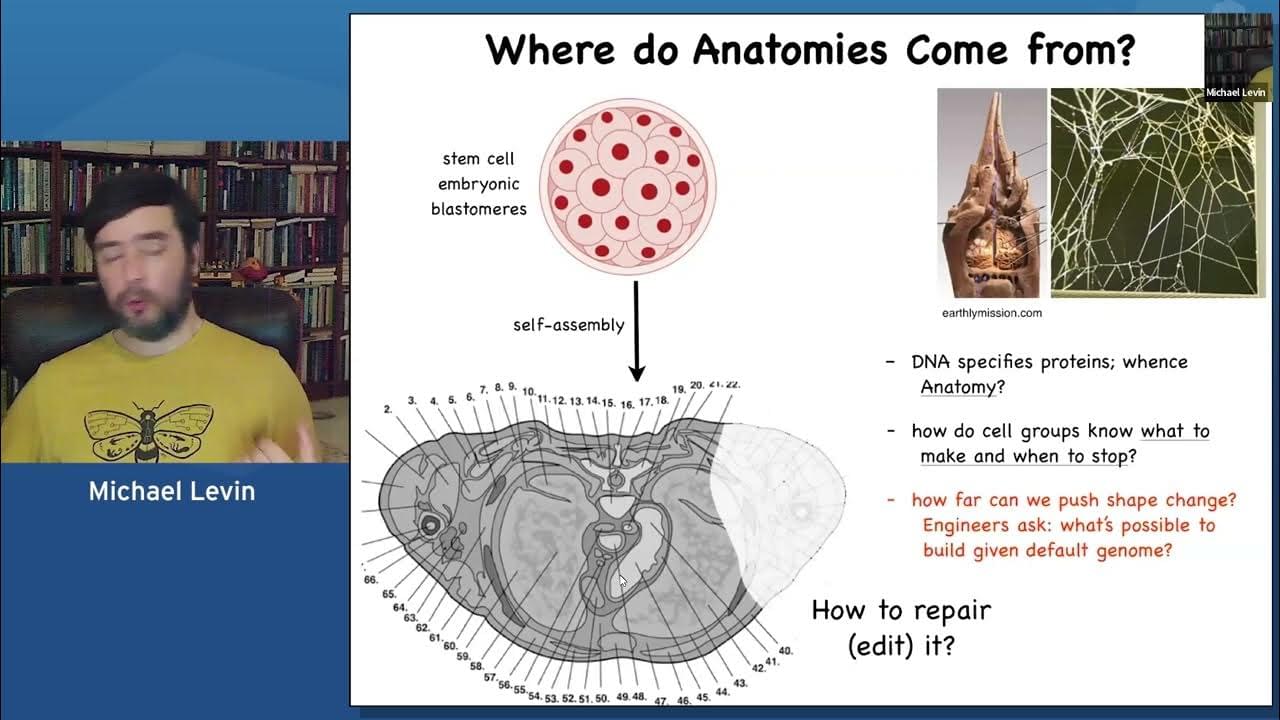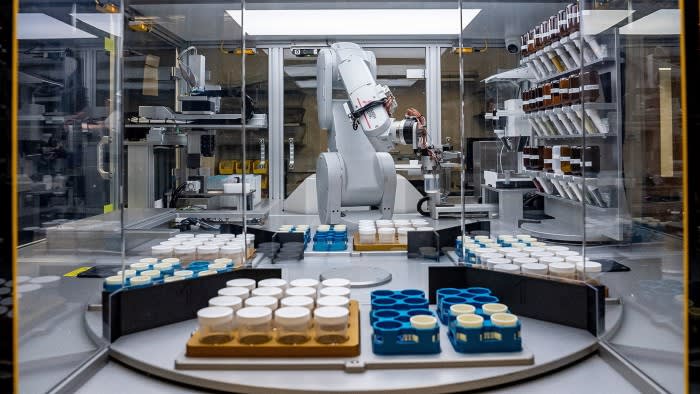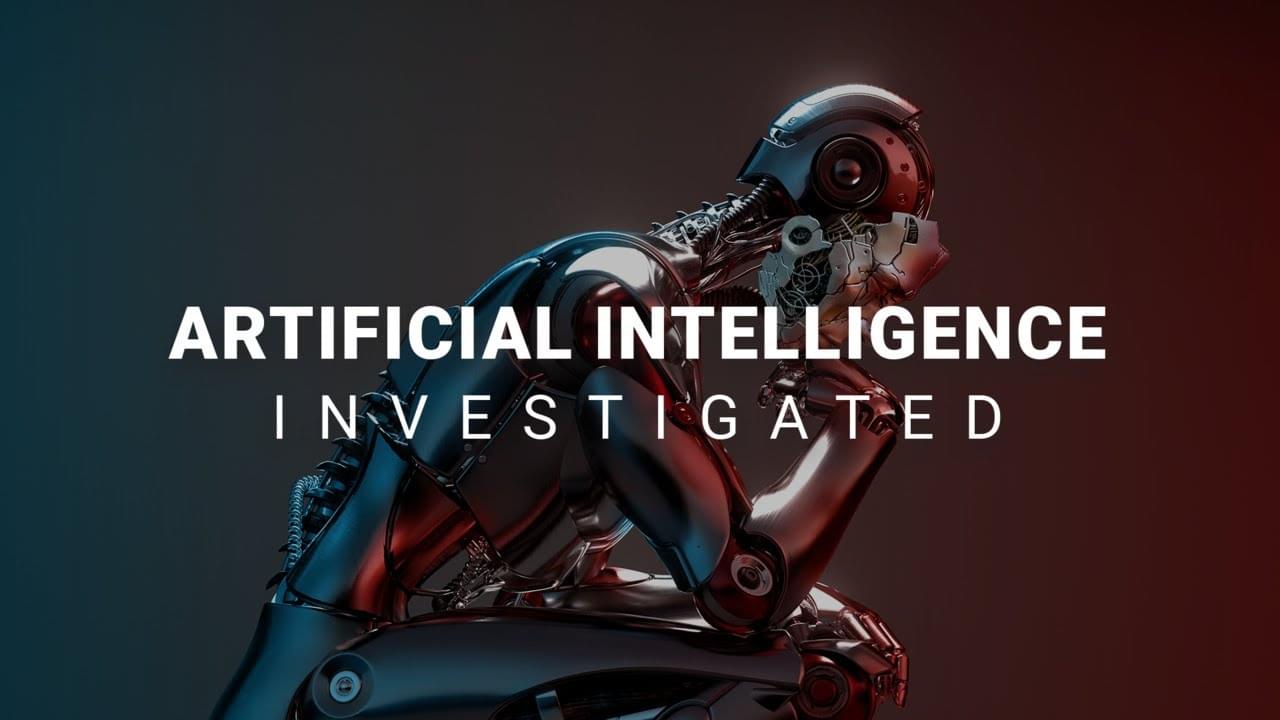Summary: New research reveals the cerebellum’s significant role in the evolution of human cognitive functions. The study mapped the genetic development of cerebellar cells in humans, mice, and opossums, uncovering both ancestral and unique cellular characteristics.
Key findings include the increased proportion of specific Purkinje cells in humans, potentially linked to higher cognitive functions, and the identification of over 1,000 genes with varying activity profiles across species, some related to neurodevelopmental disorders.
